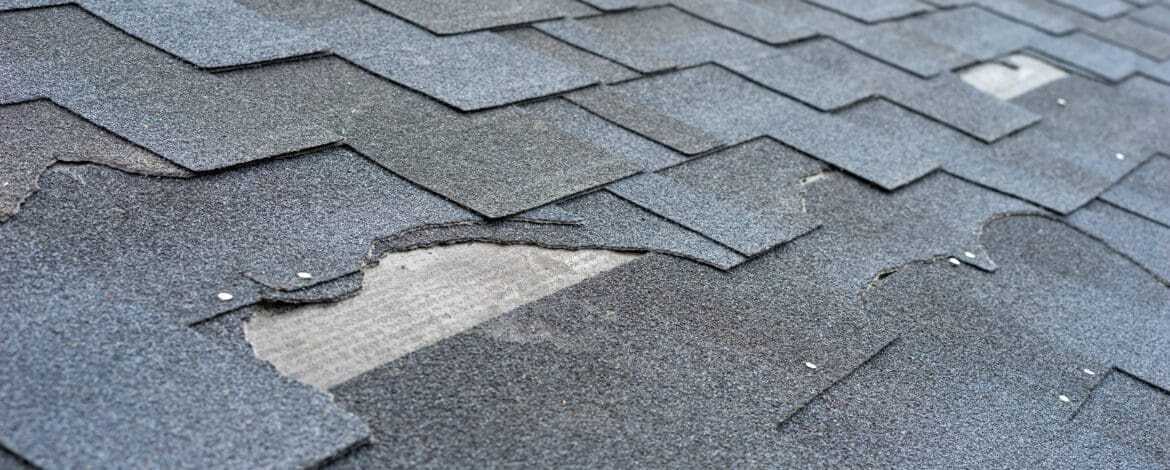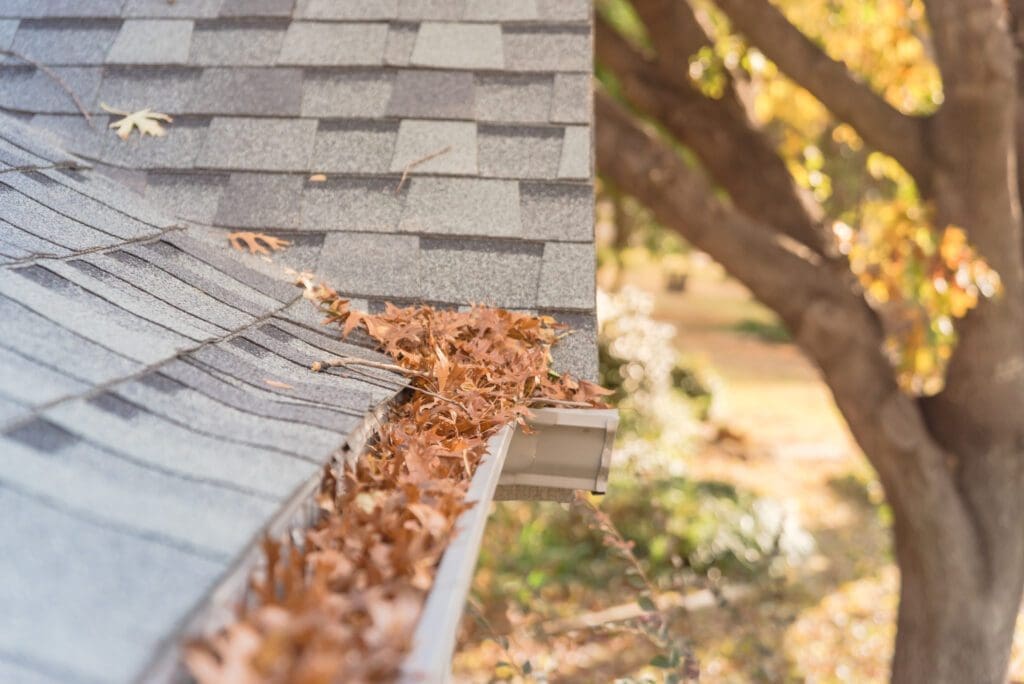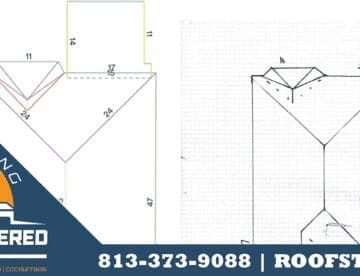Florida is a fabulous place to call home, but we do have to deal with some challenges in living here. One of those happens to be hurricanes. Those events are a fact of life for us here in Florida, and overall we do pretty well in keeping things rolling along no matter what comes our way. That said, taking a few steps proactively to make sure your home and roof are ready for hurricane season are super-smart moves. Let’s look at what you can do.
When Is Hurricane Season?
Though hurricanes pay no attention to the calendar and can occur any time that has the right conditions, the National Oceanic and Atmospheric Administration (NOAA) sets the Atlantic hurricane season as June 1 through November 30. On average, the season will produce 14 named storms, seven hurricanes, and three major hurricanes. We usually don’t see the first hurricane until August, with the first major hurricane tending to arrive in late August to early September.
You’ll see hurricanes classified on a scale from 1 to 5. Here’s how that looks:
- Category 1: sustained winds from 74-95 mph
- Category 2: sustained winds from 96-110 mph
- Category 3: sustained winds from 111-129 mph
- Category 4: sustained winds from 130-156 mph
- Category 5: sustained winds from 157 and higher mph
In 2022, Hurricane Ian blasted through our state as a Category 5 storm in late September and caused 150 fatalities in Florida, with property damage estimated at $113 billion. This year NOAA predicts the season has a 40% chance of being “normal.” Here’s the exact wording:
“NOAA is forecasting a range of 12 to 17 total named storms (winds of 39 mph or higher). Of those, 5 to 9 could become hurricanes (winds of 74 mph or higher), including 1 to 4 major hurricanes (category 3, 4 or 5; with winds of 111 mph or higher). NOAA has a 70% confidence in these ranges.”
So whatever happens with hurricane season in any year, we just can’t know what’s headed our way. But we can prepare!
What Can You Do to Prepare?
Your first step is assessing your roof’s current condition. The best plan is to have a roof inspection by a qualified contractor. If you’re a sharp and observant person, you can handle this, too. A contractor, though, has experience in spotting “structural deficiencies”, or materials that are compromised that will cause a problem. That problem will most likely be letting water in during a storm. These could be the rubber boots around the vents that poke through the roof here and there, or the flashing where the roof meets a wall or a different material.
We often see the rubber cracking and allowing water to seep in over time. It’s not necessarily an obvious hole where you’d say, “Hey, I have to fix that!” You have to take a close look at all the components with an eye to where they typically fail.
The Problem with Caulk
One particular point of failure is caulk or sealants. Many of them, but not all, will become dry and brittle over time when exposed to the sun and UV rays. These products are used copiously in remodeling projects, so if your home is one of those, be aware. And then keep an eye out for leaks to make sure those products are doing their job.
If your home has asphalt shingles, as more than 70% of U.S. homes do, be aware that they are more vulnerable to high winds than tile roofs and metal roofs. Still, they’re a solid choice when installed properly by a qualified contractor. Here’s what GAF says about their wind warranty. That one goes to 130 mph, so Category 4 and 5 storms could wreck that roof, even if it’s brand new.
But it’s not just the wind speed. Flying debris, which will happen in any hurricane, routinely destroys roofs, windows, and siding. Even the most durable roofing product cannot endure a tree branch slamming into your roof. That’s life.
But what you can do for your asphalt shingle roof is to inspect it and look for loose or missing shingles. When one shingle goes missing the whole roof is then compromised, meaning you have an unnecessary head start toward major damage. If you find loose shingles, or shingles that look wavy and worn, you can use some roofing cement to get those shingles adhered securely again.
Clean Gutters and Downspouts
This tip might seem obvious, but we’ve seen hundreds of roofs with damage caused by clogged up gutters and downspouts. Pine needles are especially bad, as they take years to break down naturally. And the trees drop needles annually, so they just build up on your roof and in your gutters year after year. So then the gutters are full and can’t do their job of moving water off the roof and away from the house. Instead, the water will spill over the gutters, and can back up under the shingles where it can damage the roof decking and even the framing. This is bad news and ends up being expensive!
Trim Trees to Get Ready for Hurricane Season
It’s great to have shade over your home, but there has to be a balance. It’s best to keep all large vegetation a couple feet away from your home’s envelope. So no large plants or trees actually touching your home is the best way. If you’re lucky and have large trees on your property, it’s best if you make sure they’re healthy and get the pruning they need. Calling an arborist will be necessary for large trees but it’s worth it. Working 30-80 feet in the air with a chainsaw is a dangerous job.
My Safe Florida Home Program
You can also look into this program from the State of Florida that provides $2 in grant funding for every $1 you spend on approved upgrades. The program also provides you with a free inspection by a certified contractor, so you know you’re getting an expert opinion. Check out more info here.
Your inspection will go over ideas like improving the roof deck attachment, creating a secondary water barrier, improving the roof covering itself, and reinforcing the roof-to-wall connection.
Get Your Roof Ready for Hurricane Season
We can’t know what’s coming our way, but we can help you get ready for hurricane season. Give us a call at 813-373-9088. Our team has more than 40 years of experience in roofing. You can also use this form and ask us, “what’s the cost to replace my roof?” Then we will contact you.





